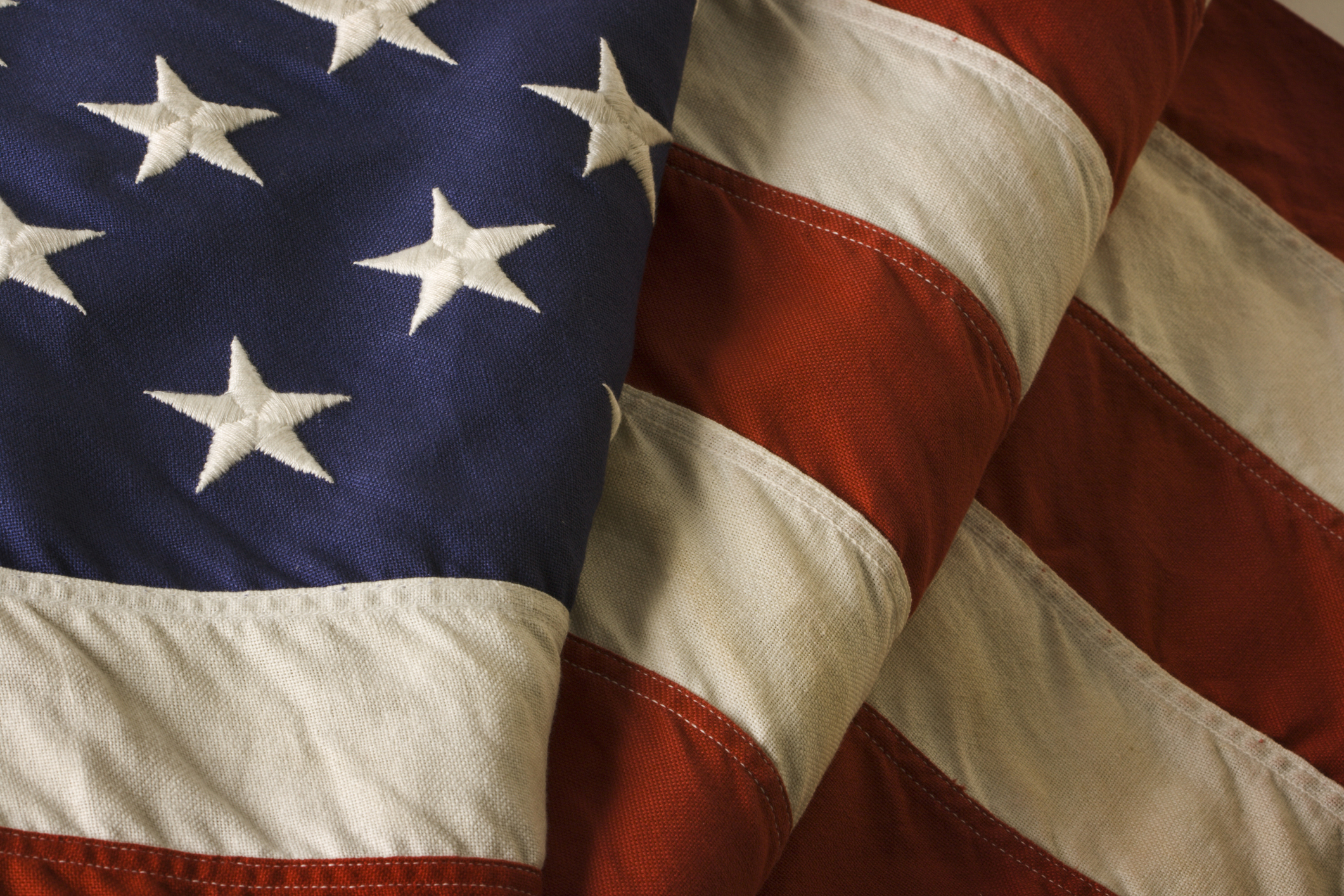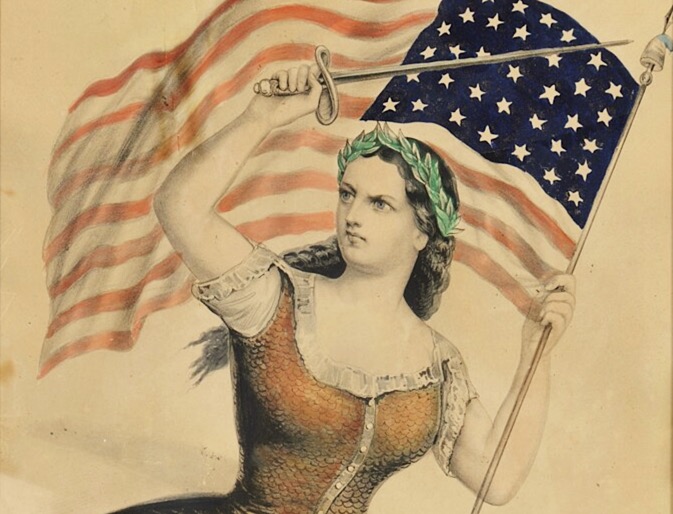Now is the time to stand boldly for American justice.
The Antiracist Constitution

The latest decisions by the Supreme Court reflect our distance from the principles of the Constitution.
The Supreme Court ended its term with a bang, issuing two blockbuster decisions in the final two days. On June 29, the Court struck down both the University of North Carolina’s and Harvard’s affirmative action programs, and the following day, the Court issued 303 Creative v. Elenis, holding that anti-discrimination law could not be used to compel a website designer to create expressive content relating to same-sex weddings. While many left-leaning observers have treated these rulings as an assault on civil rights—and the entire judicial and administrative regime that has accreted around civil rights legislation—they are better understood as operating within, not against, that constitutional order.
In How We Got Our Antiracist Constitution: Canonizing Brown v. Board of Education in Courts and Minds, I explain how the civil rights constitutional order works. The booklet begins by tracing how Brown v. Board of Education (1954) came to be canonized in our constitutional system. That process made the two legal principles stemming from the Brown decision—that diversity is a constitutional good and discrimination is a constitutional evil—the twin pillars of our political morality. These principles now constitute the moral axes around which our system operates, creating an antiracist constitutional order.
My essay identifies two important results of this order. One is that participating in American political and legal discourse requires, above all else, an adherence to an antiracist morality. To question the value of diversity or the evil of discrimination requires stepping outside of the governing system. A second important result is that, if a constitutional guarantee obstructs the promotion of diversity or the eradication of discrimination, that guarantee must be limited or even rejected. We see this in how the growth of the civil rights state coincided with the demise of our most fundamental structural guarantees (like federalism and the state action doctrine) and individual rights (like the freedom of association and religious liberty).
Our rulers may identify as liberals and conservatives, living constitutionalists and originalists, but they are unified by an antiracist morality, revolving around the value of diversity and the evil of discrimination.
Diversity as Our Greatest Value
To illustrate how the value of diversity has come to animate our constitutional order, consider how Chief Justice Roberts, in the final section of his opinion invalidating the Harvard and UNC programs, wrote the following disclaimer: “nothing in this opinion should be construed as prohibiting universities from considering an applicant’s discussion of how race affected his or her life, be it through discrimination, inspiration, or otherwise.” Anyone who has followed how universities have evaded state affirmative action bans realizes what this disclaimer means: it is a “get out of jail free” card, providing cover for colleges and universities so that they can restructure their affirmative action programs around personal statements on racial diversity and discrimination.
So why did the Court gratuitously add this personal-statement exception, an exception that will likely swallow up the rule against affirmative action? Because diversity is a sacred value in our system. The Justices, conservative and liberal alike, therefore had to reject a merit-based admissions system.
As discussed in my recent Claremont Review of Books essay, “The Affirmative Action Regime,” a purely merit-based admissions system would have produced a Harvard class that is less than one percent black. The Harvard and UNC oral arguments made clear that not a single one of the Justices was interested in defending such a system.
Even Students for Fair Admissions, the group challenging the Harvard and UNC programs, was willing to deviate so far from merit-based admissions that they advocated for a gerrymandered admissions formula that would guarantee black representation at “an absolute floor” of ten percent, well over ten times the percentage of blacks that would be admitted under strictly academic standards. In other words, in the Harvard and UNC cases no lawyer or Justice was willing to defy the antiracist order and advocate for a system even remotely merit-based.
We cannot understand why affirmative action has persisted over the last three generations, and why it is almost certain to persist despite the Court’s recent decision, without understanding how the canonization of Brown made diversity our most fundamental value.
Discrimination as Our Greatest Evil
Likewise, we cannot understand the other blockbuster case this term, 303 Creative, without understanding the other axis of the antiracist constitution—the proposition that discrimination is our greatest constitutional evil.
The 303 Creative case is part of a trilogy of cases dealing with conflicts between conservative Christians and gay rights. The first in the trilogy was Masterpiece Cakeshop v. Colorado (2018), which arose after Colorado punished a Christian baker (Jack Phillips) for refusing to bake a cake for a same-sex wedding ceremony. The second was Fulton v. Philadelphia (2021), which arose after Philadelphia terminated its contract for foster care services with Catholic Social Services because of the group’s refusal to certify same-sex couples as foster parents. 303 Creative is the latest addition, differing only in that 303 Creative was decided on free speech rather than religious liberty grounds (because it involved the expressive conduct of a website designer).
Although the Court ruled in favor of conservative Christians in all three cases, the rulings were exceedingly narrow, resting on the factual particularities of each case and not on the broad principle at issue—namely, the freedom of association. In fact, none of the Justices invoked the freedom of association; neither did any of the parties in these cases; nor did any of the amicus briefs rely on this freedom. This is because, with the rise of the civil rights regime and the rendering of discrimination as a constitutional evil, the freedom of association has essentially been excised from our constitutional system.
The aim of my booklet is not to downplay or minimize any of these victories for conservatives. The Supreme Court’s decisions this past term are, to be sure, a step in the right direction. But it is important to appreciate that they are more likely to produce symbolic than substantive victories for those seeking a constitutional restoration. That restoration will not happen until we reckon with the fact that we no longer live under the 1787 Constitution, rooted in self-governance and natural rights. We instead live under the antiracist constitution.
The American Mind presents a range of perspectives. Views are writers’ own and do not necessarily represent those of The Claremont Institute.
The American Mind is a publication of the Claremont Institute, a non-profit 501(c)(3) organization, dedicated to restoring the principles of the American Founding to their rightful, preeminent authority in our national life. Interested in supporting our work? Gifts to the Claremont Institute are tax-deductible.
Conservatives must reassert the mores and moral virtues of self-government.
Through identity politics and political correctness, today's multiculturalist enforcers seek to erase and replace America. Together, we must save the Union once again.



